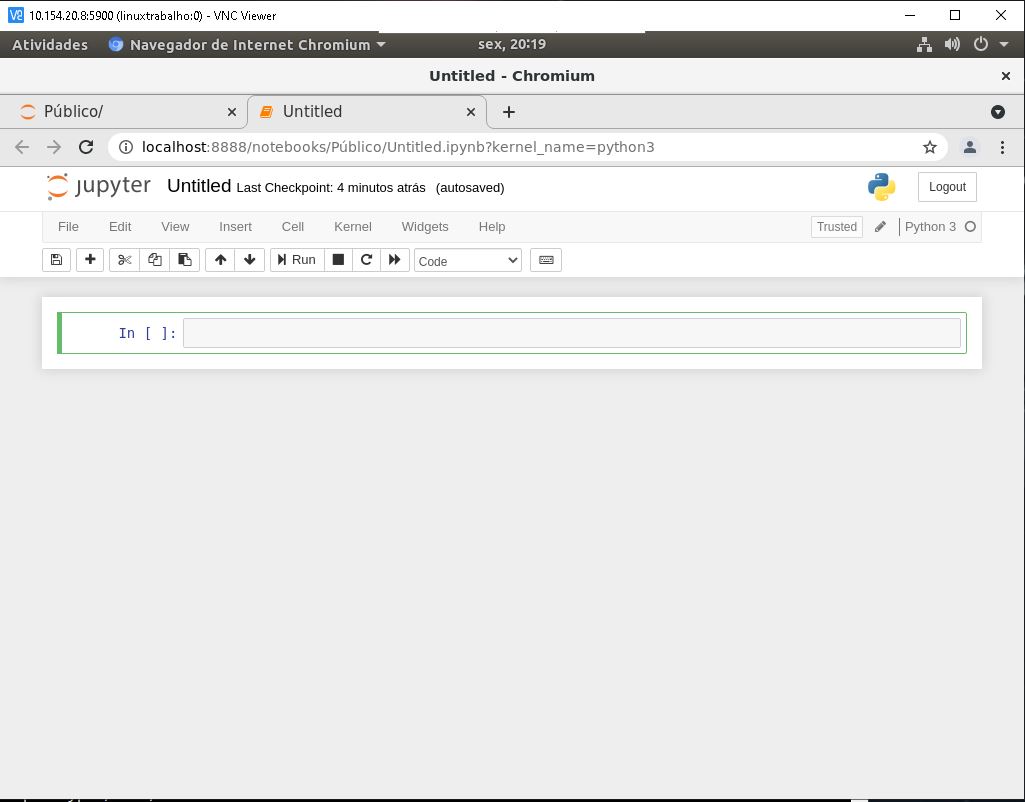

So to make things a little easier, here’s my first attempt at a Download Jupyter Notecbook as Word (.docx) extension to do just that. (The Jupyter nbconvert utility does not currently export to Word.) However, the conversion process still requires students to export the word document as HTML and then use pandoc to convert the HTML to to the Microsoft Word. Updating to a 64 bit virtual machine means we can update pandoc, and the Word document conversion is now much smoother. Unfortunately, our original 32 bit VM meant we had to use an old version of pandoc, with the result that tabular data was not handled at all well in the conversion-to-Word process. This document could then be submitted and marked in a traditional way, with markers using comments and track chances to annotate the student script. One Frankenstein process we tried was for students to save a Jupyter notebook file as a Markdown or HTML document and then convert it to a Microsoft Word document using pandoc. students read feedback – so they need to be able to locate and distinguish the marker feedback within the document.markers may provide on-script feedback this means the marker needs to be able to edit the document and make changes/annotations.markers mark assessments for their students: if the document contains a lot of OU text, it can be hard for the marker to locate the student text.students to submit the assessment electronically.The assignments are set using a notebook to describe the tasks to be completed and completed by the student. One of the things we still haven’t properly worked out in our Data management and analysis (TM351 course is how best to handle Jupyter notebook based assignments.


 0 kommentar(er)
0 kommentar(er)
